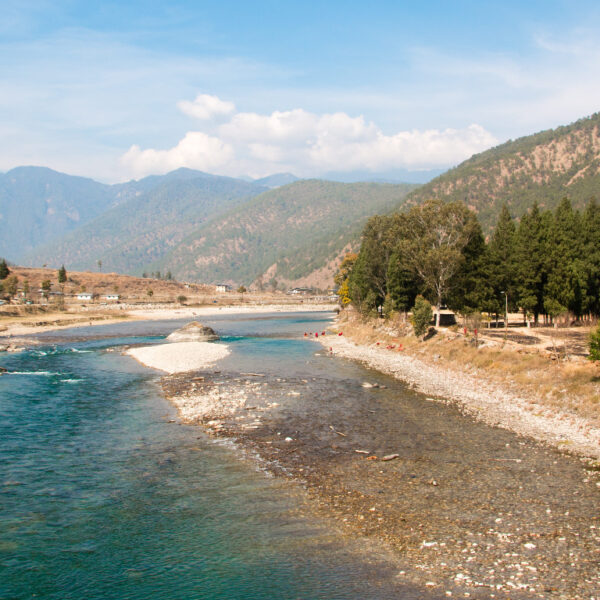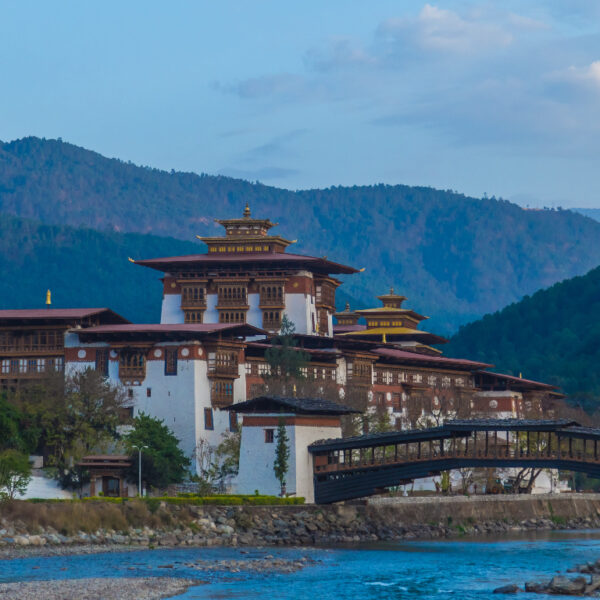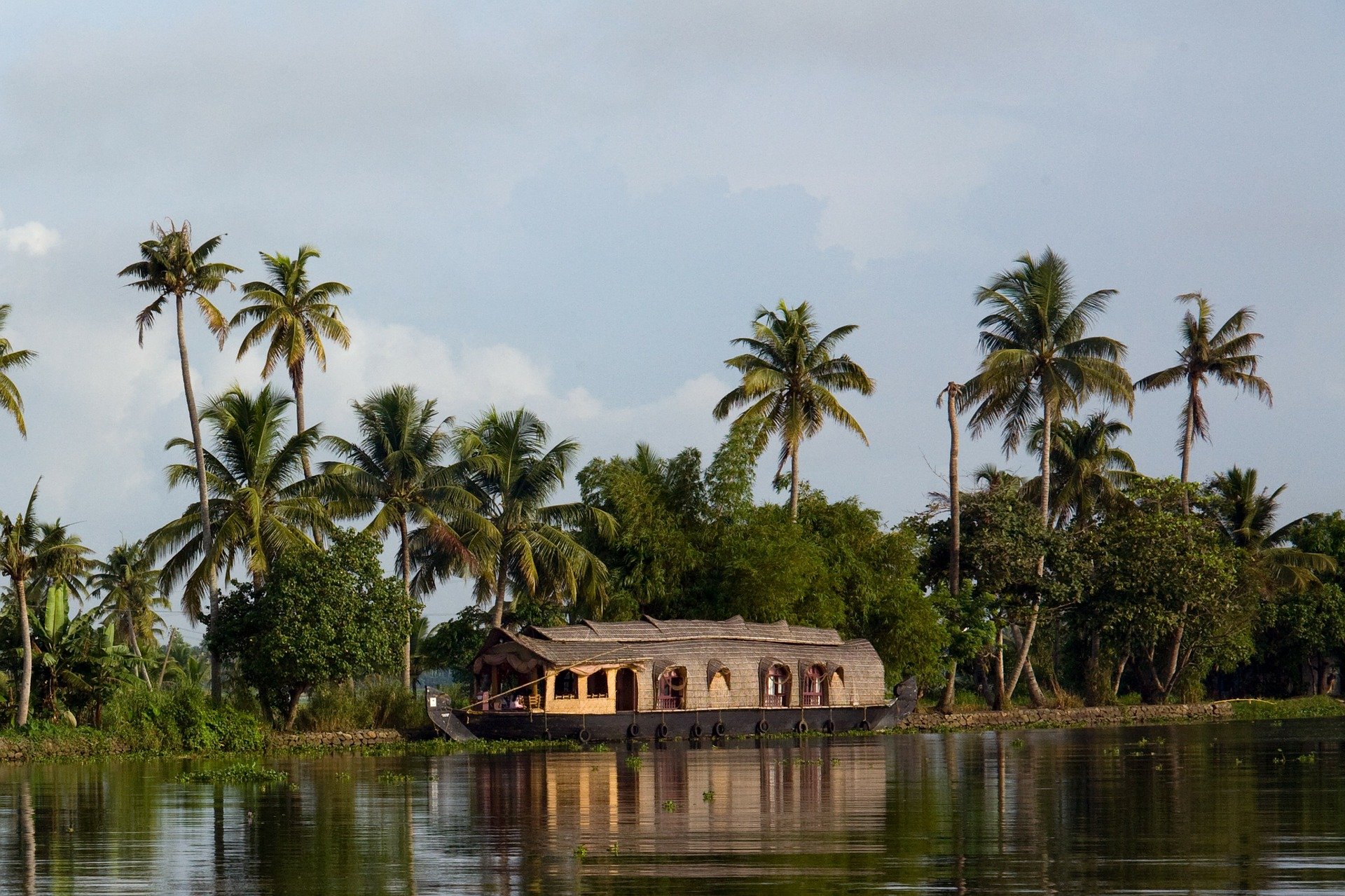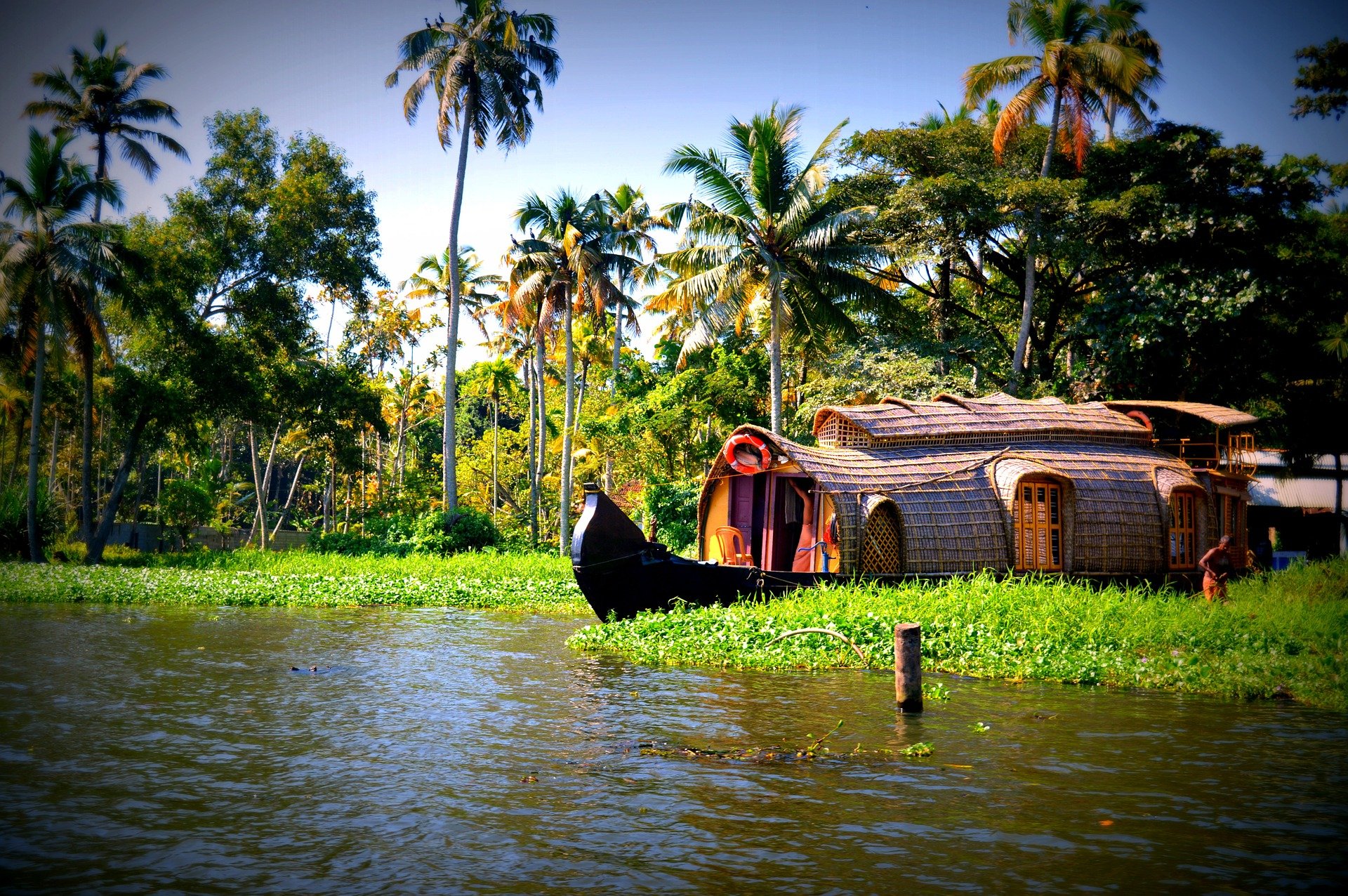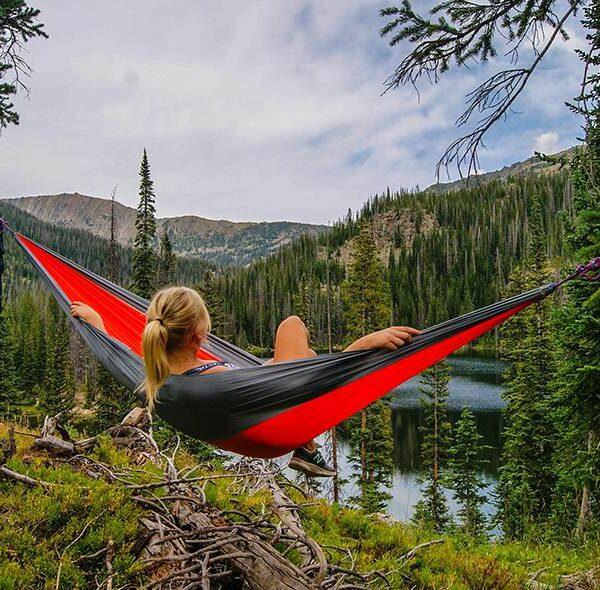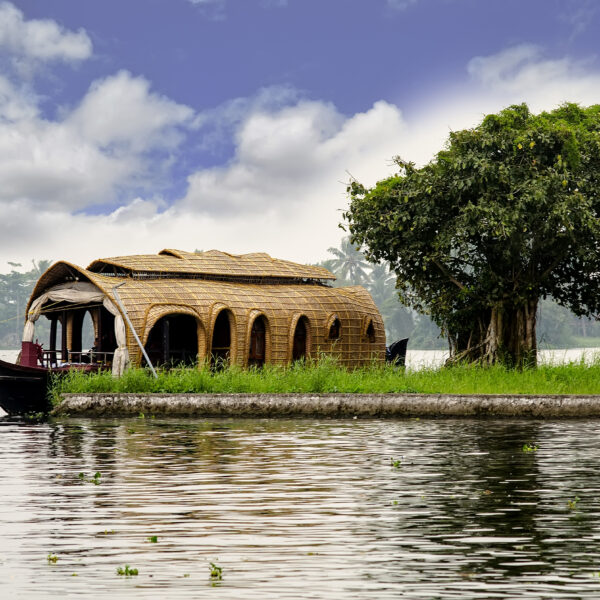Explore Bhutan(GroupTour)
Overview
Bhutan is a unique and enchanting destination known for its stunning landscapes, rich culture, and commitment to Gross National Happiness (GNH). Here are some key aspects and attractions of Bhutan:
1. Gross National Happiness (GNH): Bhutan is famous for its philosophy of GNH, which places a high value on the happiness and well-being of its citizens over material wealth. The government focuses on policies that prioritize the overall happiness and quality of life of its people.
2. Spectacular Scenery: Bhutan is a land of dramatic landscapes, from towering Himalayan peaks to lush valleys and pristine forests. The country’s natural beauty is a draw for trekkers, hikers, and nature enthusiasts.
3. Unique Architecture: Bhutanese architecture is distinctive and characterized by dzongs (fortresses), monasteries, and traditional houses with intricate woodwork and beautiful paintings.
4. Taktsang Monastery (Tiger’s Nest): Perched on the edge of a steep cliff, Taktsang is one of Bhutan’s most iconic monasteries. It’s a popular destination for tourists and pilgrims alike, accessible via a hike.
5. Festivals: Bhutan’s vibrant culture is celebrated through numerous festivals (Tsechus) throughout the year. These festivals feature colorful dances, music, and religious ceremonies, providing a unique cultural experience.
6. Bhutanese Cuisine: Bhutanese food is flavorful and often includes dishes like Ema Datshi (chili and cheese), momo (dumplings), and red rice. The cuisine offers a blend of spicy and savory flavors.
7. Unique Dress: The national dress of Bhutan, known as the “kira” for women and “gho” for men, is a distinctive and colorful attire that reflects the country’s cultural identity.
8. Bhutanese Buddhism: The majority of Bhutanese people practice Buddhism, and monasteries and stupas are scattered throughout the country. Bhutanese Buddhism plays a significant role in daily life.
9. Punakha Dzong: This stunning fortress is one of the most beautiful and historically significant dzongs in Bhutan. It’s located at the confluence of two rivers and is a popular tourist attraction.
10. Phobjikha Valley: This serene valley is a winter home to the endangered black-necked cranes. It offers a peaceful environment for nature lovers and bird watchers.
11. Cultural Experiences: Bhutan offers opportunities to engage with local communities and experience their way of life, including homestays and cultural programs.
12. Bhutanese Arts and Crafts: Bhutanese artisans produce intricate handicrafts such as thangka paintings, handwoven textiles, and wood carvings. These make for excellent souvenirs.
Highlights: –
- Tour Type: Fixed Group Departure
- Destination: – Bhutan
- Pickup & Drop: – Ex Hasimara Station / NJP Station
- Travel Date: – 15/02/2024
- Meal Plan: – All meals covered in Bhutan
- Duration: – 07 Nights & 08 Days Tour
- Accommodation in 3-Star Property
- Rooms: – 08 Double Sharing
- All sightseeing in Phuentsholing, Thimphu, Paro Via Punakha & Lataguri
- Bhutan SDF Charges
- Vehicle: – Coach
- Guide
- Tour Manager in train Ex Nagpur {Guests on flight will be received directly}
Sightseeing Included:
- National Library
- Traditional Medicine Institute
- Handicrafts Shops
- Weekend Market
- Craft Bazaar
- Zangthopelri Lhakhang
- Buddha Point (Kuensel Phodrang)
- Drubthob Goema / Zilukha Nunnery
- Druk Choeding
- Rinpung Dzong
Hotel Info: –
- Phuentsholing – (01 Night) – Hotel Orchid / Similar
- Thimphu – (02 Nights) – Hotel Pemaling / Similar
- Punakha – (01 Night) – Hotel Lekhar Resort / Punakha Residency / Similar
- Paro – (02 Night) – Tsherim Resort / Hotel Pema Yangsel / Similar
- Lataguri – (01 Night) – Green Heaven Resort / Similar
Included/Exclude
- Pickup & Drop Ex NJP Station/ Hasimara Station
- 07 Nights & 08 Days Accommodation in 3 Star Properties
- Meal Plan MAP (Breakfast & Dinner) Meal Plan.
- All sightseeing in Phuentsholing, Thimphu, Paro Via Punakha & Lataguri
- Bhutan SDF Charges
- All Transfers
- Guide Charges
- All Parking charges & Driver Expenses
- All Permit & Taxes
- All Meals
- Any Personal Expenses
- Any Train fare & Flight Fare
- Any Entry Fees in a place like zoos, parks, Monasteries Etc.
- Any Extra Sightseeing other than those mentioned above in the itinerary
- Anything that is not mentioned in the inclusion.
Tour Plan
- National Library:-The history of Bhutan lies imprinted in archaic texts, which are preserved at the National Library. Besides thousands of manuscripts and ancient texts, the library also has modern academic books and printing blocks for prayer flags.
- Traditional Medicine Institute:-In Bhutan, equal emphasis is given to both allopathic and traditional medicines. The rich herbal medicines made up of medicinal plants abundant in the Kingdom are prepared and dispensed here. The Institute is also a training school for traditional medicine practitioners. The complex is closed to visitors due to considerations of hygiene, but one can still walk around and view it from outside.
- Handicrafts Shops:-A wide assortment of colorful, hand-woven textiles and other craft products is available for purchase at the government-run Handicrafts Emporium and many smaller crafts shops around the town.
- Weekend Market:-Saturday and Sunday most of Thimphu's scant population and many valley dwellers congregate on the banks of the river where the weekend market is held. It is an interesting place to visit and provides an opportunity to mingle with the local people.
- Craft Bazaar:-Organised on Tuesday and Wednesday in Centenary Farmer’s Market, under the patronage of the Department of Cottage & Small Industry and in collaboration with the Department of Culture, Tourism Council and the Department of Agriculture Marketing and Cooperatives, this market offers genuine Bhutanese arts & crafts thus contributing in promotion, Thimphu weekend market protection and preservation of traditional arts.
- Zangthopelri Lhakhang:-The present structure was built in the 1960s and although lacking the charm of many of the older temples, Zangthoo pelri still possesses some impressive murals and art treasures and is worthy of a visit. The site of the temple was a former battleground, and the temple was constructed there in order to pacify energies.
- Buddha Point (Kuensel Phodrang):-Located a short drive from Thimphu city center, visitors can get a good overview of the Thimphu valley from the Buddha Point (Kuensel Phodrang). You can pay your obeisance and offer prayers to the Buddha, the largest statue in the country, and then walk around and take a glimpse of the valley. Buddha point Thimphu
- Drubthob Goema / Zilukha Nunnery:-Perched on a promontory, overlooking picturesque Trashichhoedzong and Golf course, it is the only nunnery in the capital known as Zilukha Anim Dratsang, once belonged to the Drubthob (Realized one) Thang Thong Gyalpo often referred to as The King of the open field (In the early 15th century with his multiple talents he popularly became the Leonardo da Vinci of the Great Himalayas). You may interact here with some of the nuns who have devoted their lives to spirituality and Buddhism.
- Punakha Ritsha Village:-Bhutan’s Punakha valley is famous for rice farming where both red and white rice are grown along the river valleys of Pho and Mo Chhu, two of the most prominent rivers in Bhutan. ‘Ritsha’ meaning at the base of a hill’ is a typical village in Punakha. The village houses are made of pounded mud with stone foundations. Each house is only two story high surrounded by gardens and rice fields. The gardens also usually have fruit-bearing plants like oranges and papaya among the organic vegetables. In recent years, farming work has been mechanized power tillers instead of bullocks are used to plow the fields and villagers have become relatively prosperous. This is a model rice-growing village in western Bhutan.
- Paro (alt. 2200m/7218ft):-The beautiful valley of Paro encapsulates within itself a rich culture, scenic beauty, and hundreds of myths and legends. It is home to many of Bhutan's oldest temples and monasteries, the National Museum, and the country's only airport. Mount. Chomolhari (7,314m) reigns in white glory at the northern end of the valley and its glacial water plunges through deep gorges to form Pa Chhu (Paro River). Paro is also one of the most fertile valleys in the Kingdom producing a bulk of the locally famous red rice from its terraced fields.
- Farm House (traditional village house):-The beauty of Paro Valley is embellished by a cluster of quaint farmhouses. Bhutanese farm houses are very colorful, decorative, and traditionally built without a single nail. All houses follow the same architectural pattern. A visit to Farm House is very interesting and offers a good glimpse into the lifestyle of a farmer.
- Druk Choeding:-Built in 1525, this town temple was formed by Ngawang Chhogyel, one of the prince-abbots of Ralung in Tibet and an ancestor of the Shabdrung Ngawang Namgyal.
- Rinpung Dzong:-Built in 1646 by Shabdrung Ngawang Namgyal, the first National Museum Parospiritual and temporal ruler of Bhutan, the Dzong houses the monastic body of Paro, the office of the Dzongda (district administrative head) and Thrimpon (judge) of Paro district. The approach to the Dzong is through a traditional covered bridge called Nemi Zam. A walk through the bridge, over a stone inlaid path, offers a good view of the architectural wonder of the Dzong as well as the life around it. It is also the venue of Paro Tshechu, held once a year in the spring.



